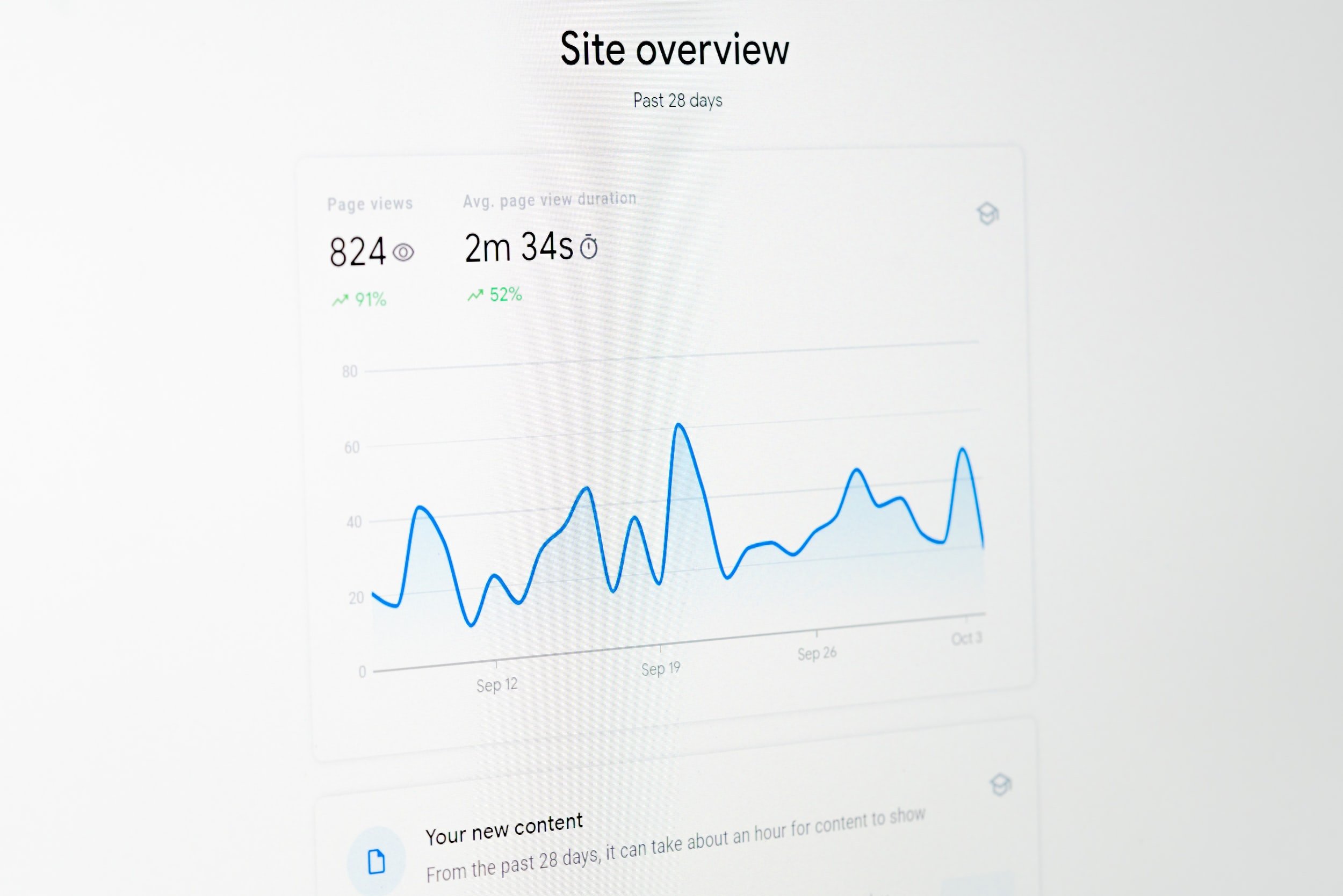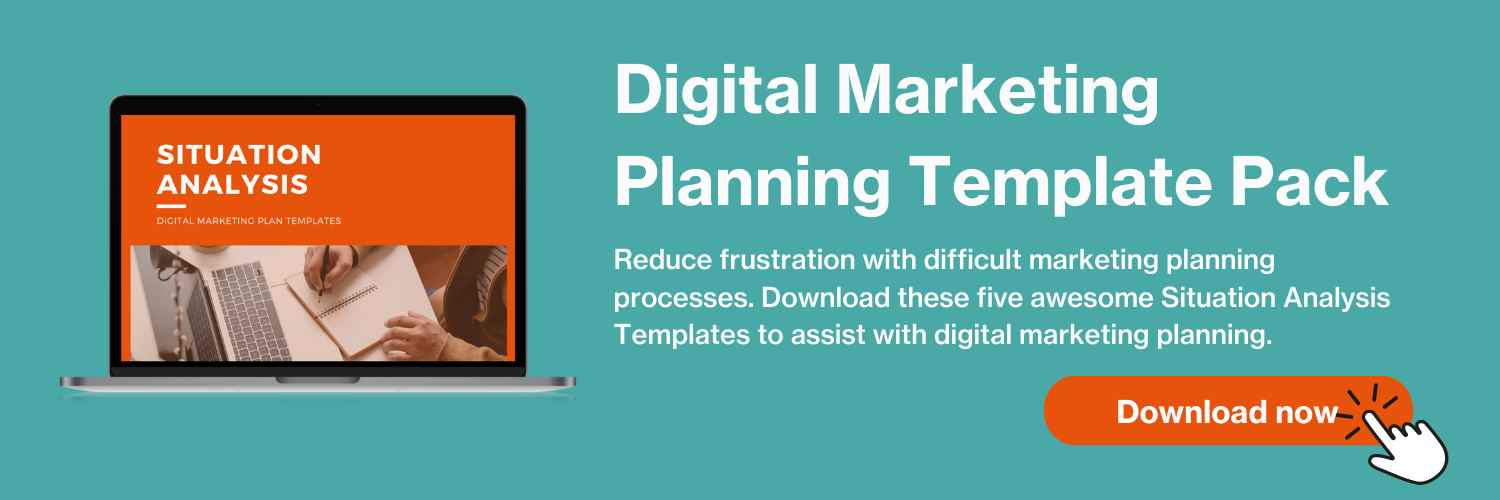Customer analysis is one of the most important parts of the SOSTAC digital marketing planning process. It's where you analyse the customers' needs and behaviour to help you understand how to solve these problems. This article outlines how a solid customer analysis as part of your organisation's situation analysis stage of a SOSTAC plan would look in practice, as well as tips on conducting one on your own.

The basics of customer analysis
Customer analysis is the process of understanding who your customers are, why they buy from you, and how they buy from you. This information is essential for developing marketing strategies that will appeal to your customers and encourage them to buy from you.
Without this knowledge, you could be wasting money on marketing efforts that don't actually speak to your customers. It is also the first step in any business' situation analysis – a crucial process for all kinds of organisations that might need to determine what their goals are and how to get there.
The process of conducting your customer analysis
To conduct customer analysis, you first need to understand who your customers are. You should ask yourself why they buy from you and how you can better serve them. It might be that you have multiple customer types, in which case you’ll need to have these documented in order to implement segmentation strategies for maximum return-on-marketing-investment.
Broadly speaking, when it comes to conducting customer analysis, you'll want to check internal and external sources of information. This will either take the form of data mining, where you dig into data to uncover patterns or identify trends, or you extract insights from research such as customer surveys and customer satisfaction feedback.
To conduct internal data mining, you'll need a good source of customer data. This could be website analytics, CRM, marketing databases, e-commerce, or customer support software. External data would look at publicly accessible data, such as Google keyword data or Government open data.
Who are your customers?
Your ideal customer is someone who is profitable for your business. Customer profiling helps to identify who these people are so that you can focus your resources on attracting and retaining them. This makes it easier to find new customers who share the same characteristics as your ideal customer profile.
Start by looking into your CRM data and identifying who are your best customers. Who buys most frequently? Who needs the least amount of customer support? Who has the fastest sales velocity and the best retention rates?
Then ask whether there are similarities between them? What are the differences between your best and worst customers? When you know your ideal customer, you'll be better placed to speak to them and understand why they buy from you.
For customer insights beyond your existing data, you can conduct your own research with customer surveys or mine the data provided by tools such as Google Analytics audiences, Clearbit visitor tracking, or LinkedIn demographics.
Once you have your data and insights pulled together, create a buyer persona document. This will help everyone in your sales and marketing team to understand who your ideal customer is, what motivates them, and what types of communication they respond to.

Why do your customers buy?
There can be many reasons why customers buy or don't buy from you. It could be that they don't find what they're looking for on your website, or that the website is difficult to navigate. Maybe they don't feel confident about making a purchase online, or they find your prices to be too high.
Uncovering the reasons that people buy, or not, is not a simple feat. Fortunately, in the digital world, there are plenty of clues that we can use to work that out.
Develop personas and customer journey maps
Start by looking at your buyer persona and then creating a customer journey map. A customer journey map will help you identify motivations, emotions, questions, and experiences at each stage of the buyer decision-making process. You can create different customer journey maps for different stages of the customer lifecycle.
Populating a customer journey map will require some research itself. Start by conducting some topic research on websites such as AnswerThePublic to find the phrases that people are using when conducting online searches related to your product or service.
You should also consider surveying your customers at different touchpoints throughout their interactions with your business. Use CSAT to measure how satisfied they are with different points of your business or use micro-surveys with HotJar to identify why customers are using your website.
Analysing the data from your customer journey map will help you identify words and phrases that are associated with pain points, overcome customer objections, and generate new leads for your business.

Now that you know who your customers are and why they buy, you need to ask how do they buy? What is the steps involved in the purchase process and how do they discover your products in the first place? What channels do they use? How long do they research your products? What sources of information do they rely upon?
Determining the steps in the customer journey is critical as it informs how you structure your product listings or service pages, which keywords to use and how to position and price your products.
Your website analytics data will provide some insights here. Using the source data will tell you how your customers have arrived at your website. Take note of the pages they spend the most time on. Are there any patterns that emerge when you look at the source data?
Mining your own data will only take you so far. That's why you should conduct customer research through surveys of your own, as well as using industry and consumer reports to tap into customer buying trends.
Your customer analysis outputs
While there is no specific format for what your customer analysis should look like, I would suggest pulling a document together with a buyer persona and a customer journey map. You can base your buyer persona document on one of the many online templates (or download our Situation Analysis Template Pack for inspiration).
So long as your customer analysis documentation can robustly answer the three foundational questions described above, (who, why and how), the format of the document itself does not matter.

Comments